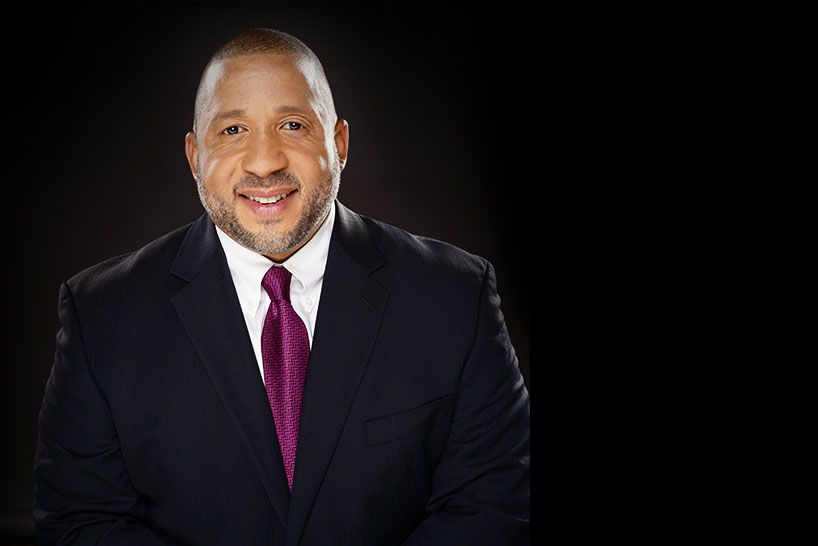Product Liability
When a product causes injury because it was poorly designed, defective in manufacture, because it malfunctioned, or because it failed to live up to warranty claims about performance, the injured person may seek recovery against a range of defendants, including parts suppliers, the designer/manufacturer and even retailers, all of whom played a role in placing the dangerous/defective product into the stream of commerce.
What are the elements of a product liability case?
A plaintiff in a product liability case can proceed using a number of legal theories:
- Negligence: In these cases, an injured person alleges that a manufacturer was negligent (that is didn’t use the care that an ordinary manufacturer would) in designing, manufacturing or in failing to warn of a product’s danger and that the negligence caused injury;
- Breach of Warranty (either express, implied, or of fitness for a particular purpose): In these cases, a manufacturer has warranted that a product performs in a specific way; when that performance fails, causing injury to the purchaser or to a foreseeable user, the manufacturer (and retailers) may be liable;
- Strict Liability: This theory is increasingly prevalent for products that cause injury because it is very difficult to prove that a product was negligently designed or manufactured. It is very similar to a breach of warranty claim. While strict liability is not absolute, this theory does away with your need to prove the defendant was at fault in its actions; rather, the theory focuses on the dangerousness of the product in and of itself. To prove a strict liability product liability case, the plaintiff must show that:
- The defendant is in the business of selling and actually sold a product (this includes everyone in the chain of distribution, from parts suppliers to the retailer);
- The product was in a defective condition and was therefore unreasonably dangerous and caused injury to the plaintiff. Defective can mean in design, in manufacture, or in warnings;
- The product had not been altered in any way from when it was sold.
The plaintiff does not need to show that the defendants knew the product was defective and dangerous. But if a plaintiff contributes to his own injury, a strict liability theory is undermined.
Changes may occur in this area of law. The information provided is brought to you as a public service with the help and assistance of volunteer legal editors, and is intended to help you better understand the law in general. It is not intended to be legal advice regarding your particular problem or to substitute for the advice of a lawyer.
Our Lawyers

Vaughn B.
LRS Lawyer
Our lawyers are screened and approved – they have all gone through an application and interview process. Each lawyer we recommend has been screened for significant experience, knowledge of ethics codes and rules, and law office practices, including customer service skills and handling of fees and billing.
About Us
When you call us, you will be speaking with an attorney. One of our attorney referral counselors takes your call and talks with you about your legal question, or reviews your online referral request. There is no charge to speak with one of our attorney referral counselors -- we’re here to help.

